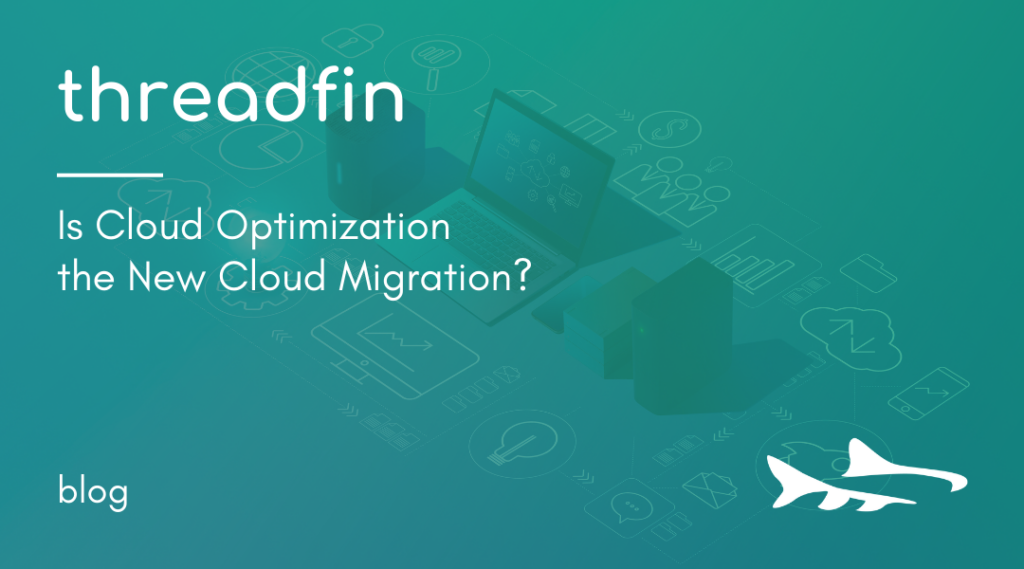As Amazon CEO Andrew Jassey recently pointed out, organizations are shifting their focus from accelerating cloud migration to cloud cost optimization.
Cloud cost optimization is the ongoing process of reducing and optimizing the costs associated with cloud services and infrastructure, without sacrificing performance or functionality. Cloud cost optimization involves identifying opportunities to reduce cloud spending and taking steps to address them in alignment with business goals and requirements.
Cloud computing has the reputation of being a cost-effective and efficient way for organizations to grow and manage their IT infrastructure. That can definitely be true—but only with diligent planning, execution and ongoing management. Otherwise, controlling costs remains a major challenge laden with unexpected bills and unpleasant surprises—constant reminders that the cloud is not set-it-and-forget-it.
At Threadfin, our experience in successfully executing millions of Microsoft migrations worldwide has enabled us to develop a comprehensive approach to cloud cost optimization. All cloud cost optimization efforts should include:
- Optimize cloud costs upfront. Cloud cost optimization is a critical part of any cloud migration strategy. Avoid overspending and ensure that you’re maximizing your cloud investment by taking the time to plan before migrating.
- Track your cloud usage. This visibility allows you to make informed decisions about your cloud infrastructure, optimize costs, and improve performance, capacity and compliance.
- Eliminate unused cloud resources. Unused resources still incur costs, even when not in use. They take up space, reduce efficiency and open the door to security and compliance issues. Identify cloud resources that aren’t being used and retire them.
- Consolidate your cloud resources. If your organization uses multiple cloud providers, consider consolidating your resources onto a single provider for simplification, cost savings, streamlined operations and better security.
- Use reserved instances and spot instances. Reserved instances allow you to make a one-time upfront payment for a particular instance type in exchange for a discounted hourly rate. Spot instances allow you to bid on unused capacity in the cloud provider’s infrastructure, potentially resulting in significant cost savings, but they aren’t guaranteed to be available. Both save money on cloud computing costs.
- Use cloud cost management tools. There are several tools that can track cloud usage, identify areas for cost savings and manage your cloud costs more effectively.
- Educate your employees on cloud cost optimization. By promoting a culture of cost optimization, you can reduce waste and improve the value you get from cloud investments.
While those basics are a good starting point, there’s not a one-size-fits-all solution for cloud cost optimization. That’s why our approach at Threadfin combines consulting services, technology solutions and ongoing support that includes:
- Customized optimization: Our strategy is tailored to your organization’s unique requirements, leveraging our extensive expertise in Microsoft migrations.
- Training and education programs: We empower your employees with the knowledge and skills needed to understand the importance of cost optimization and adopt best practices for efficient cloud usage.
- Ongoing support: We partner with you to reinforce these practices, ensuring that cloud costs remain under control and your cloud infrastructure continues to deliver value.
At Threadfin, we embrace a comprehensive approach to cloud cost optimization. We examine cloud usage patterns to identify areas for improvement, allowing organizations to fine-tune their cloud resources for performance, reliability, and cost-effectiveness. Our customers get the most out of their cloud infrastructure while keeping costs under control. The cloud becomes a growth enabler and not just another cost-center. Contact us today to learn more.

